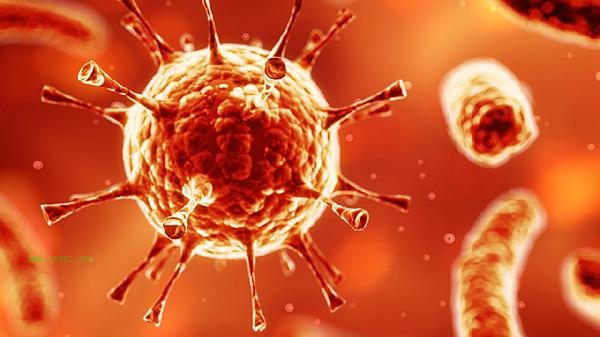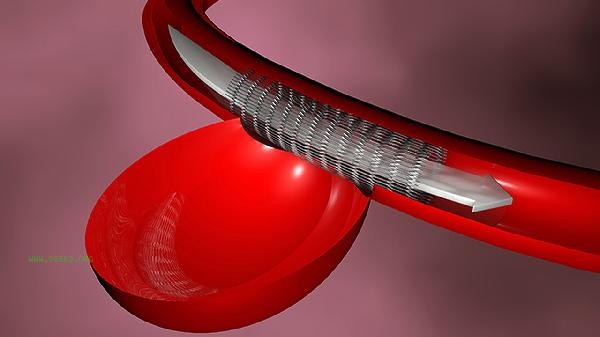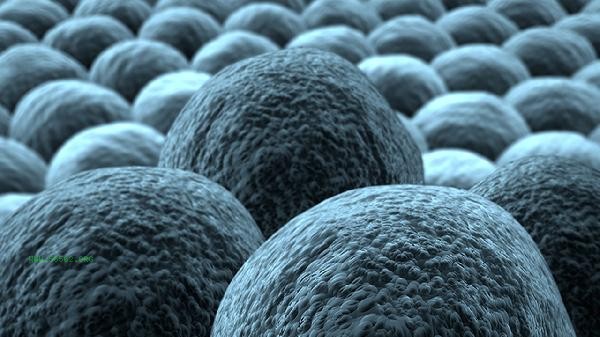Elevated eosinophil count may be caused by allergic reactions, parasitic infections, chronic inflammation, myeloproliferative diseases, endocrine disorders, and other factors.
1. Allergic reactions:

Exposure to allergens such as pollen and dust mites can stimulate the body's immune response, leading to the release of inflammatory mediators such as histamine by eosinophils. Commonly seen in diseases such as allergic rhinitis and urticaria, blood tests show an increase in the proportion of eosinophils to over 0.5%. In such cases, it is necessary to avoid contact with allergens and, if necessary, undergo antihistamine treatment.
2. Parasitic infection: After parasites such as roundworms and hookworms invade the human body, eosinophils participate in the anti parasitic immune response. The patient may have symptoms such as abdominal pain and anemia, and the blood routine shows an absolute value of eosinophils exceeding 0.06 × 10 ⁹/L. After diagnosis, deworming treatment and iron supplementation are needed to improve anemia. 3. Chronic inflammation: Chronic inflammatory diseases such as rheumatoid arthritis and ulcerative colitis can continuously activate the immune system. Inflammatory factors stimulate bone marrow hematopoietic function, leading to an increase in eosinophil production, usually accompanied by an elevation in C-reactive protein. Controlling the primary disease is the key to improving indicators. 4. Bone marrow proliferative diseases: Hematopoietic system diseases such as polycythemia vera and chronic myeloid leukemia can directly cause abnormal proliferation of eosinophils. These patients have immature granulocytes visible on peripheral blood smears and need to be diagnosed through bone marrow puncture. Treatment mainly involves targeted drugs or chemotherapy.
3. Endocrine disorders:
Endocrine diseases such as hypothyroidism and diabetes may affect the differentiation and maturation of granulocytes. Patients often exhibit symptoms such as fatigue and weight gain, which can gradually recover after hormone replacement therapy. Changes in estrogen levels during pregnancy may also lead to temporary elevation of indicators. When high levels of eosinophils are found in [SEP], other examinations should be combined to make a comprehensive judgment. It is recommended to maintain a balanced diet and supplement with moderate amounts of vitamin B and iron elements; Regular sleep schedule to avoid staying up late; People with allergies need to take good environmental control measures. Individuals with persistent abnormalities need to undergo bone marrow examination to rule out blood system diseases, while those infected with parasites should pay attention to dietary hygiene. Individuals with mild elevation of indicators and no symptoms can have their blood routine rechecked 1-2 months later.










Comments (0)
Leave a Comment
No comments yet
Be the first to share your thoughts!